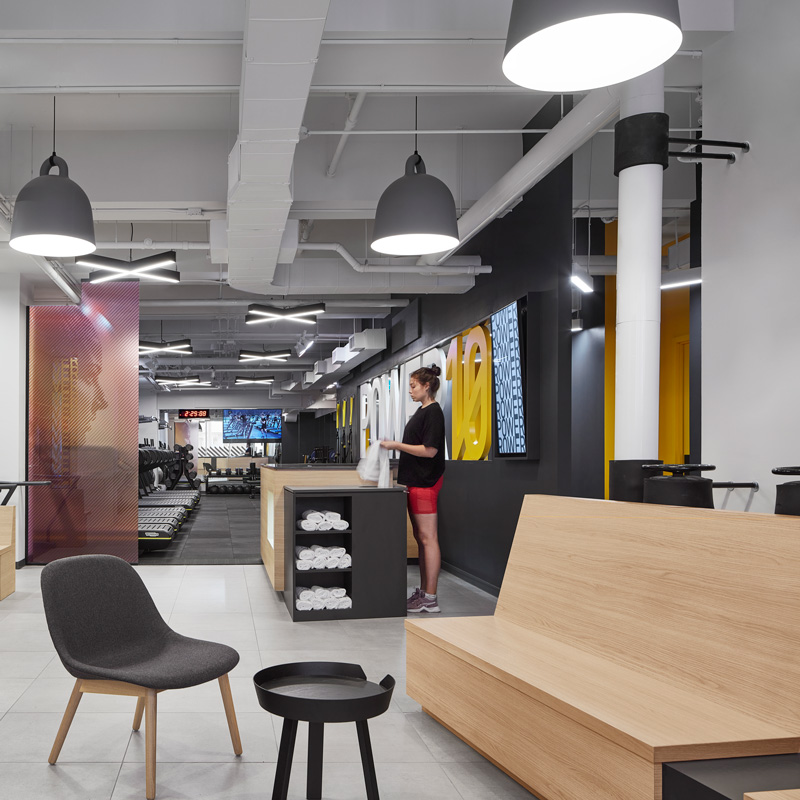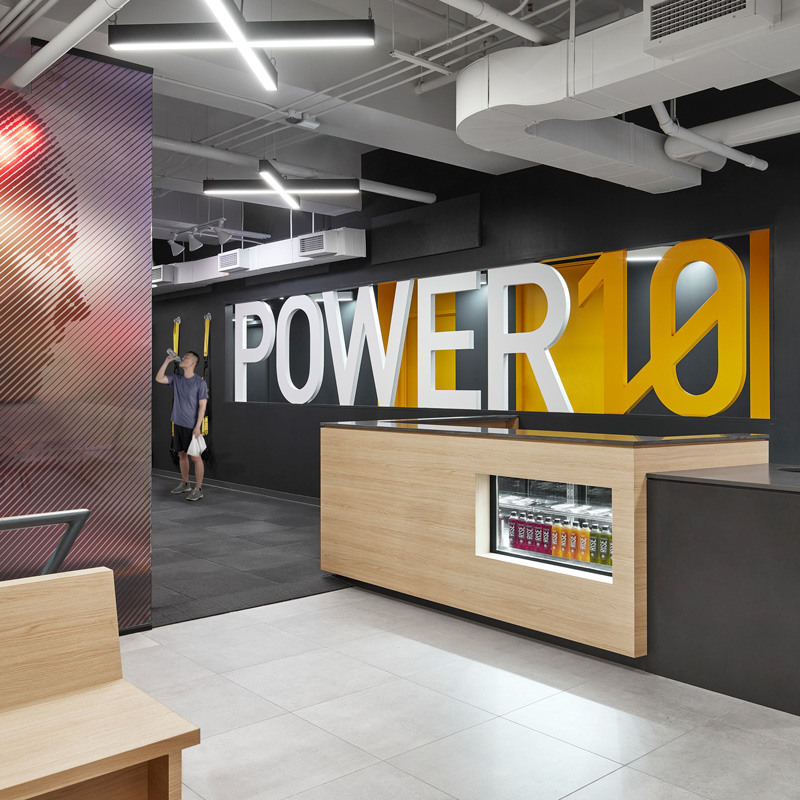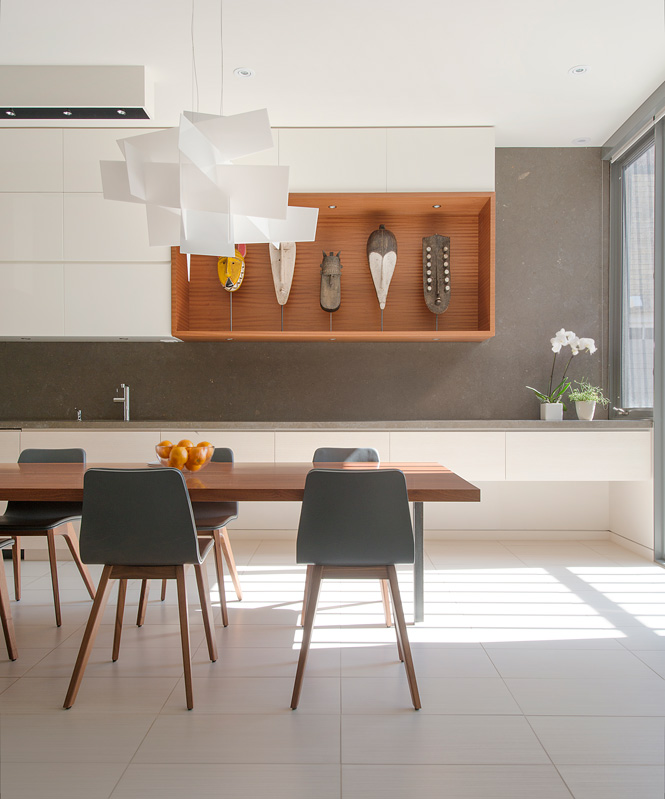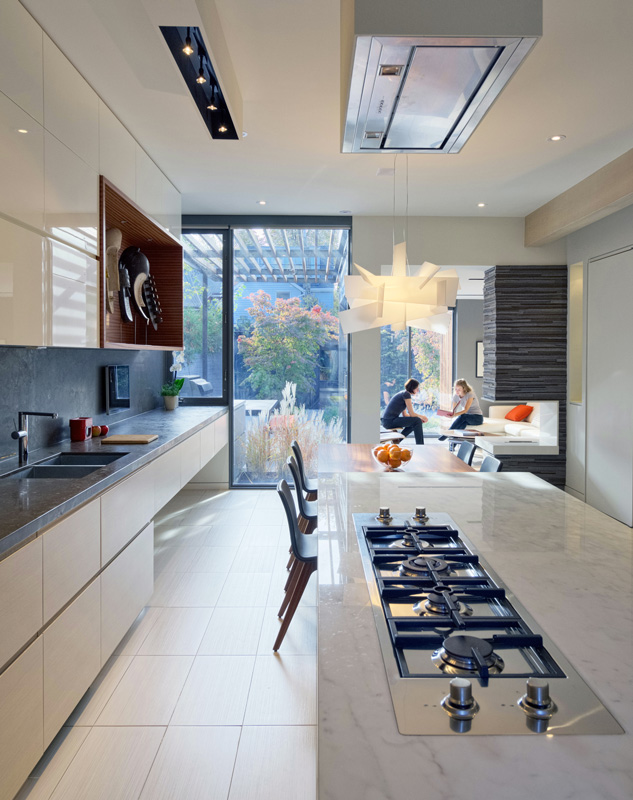Interviews

A commitment to design excellence and environmental sustainability | by Kristin Coleman
Based in Toronto, Dubbeldam Architecture + Design is an award-winning design studio recognized for creating cutting-edge and sustainably focused projects. The studio is a two-time Ceramics of Italy Tile Competition Honorable Mention winner for its contemporary designs of the Walper Hotel & Through House and has accumulated a broad portfolio of residential, commercial, and institutional projects.
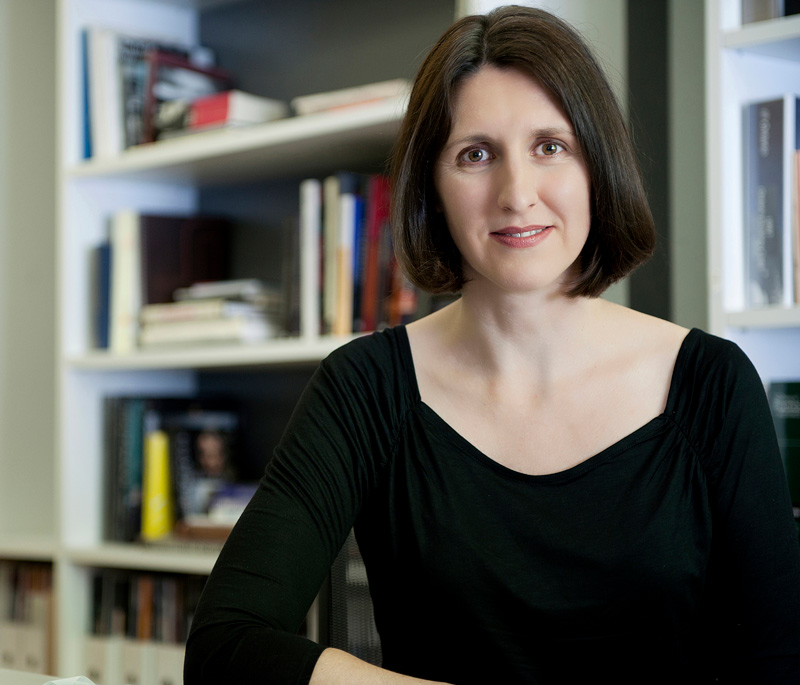 We spoke with Heather Dubbeldam – founder of Dubbeldam Architecture + Design – about how the pandemic has impacted architecture in Canada, the creative use of Italian tile in sustainable design, current projects, and emerging trends in the industry.
We spoke with Heather Dubbeldam – founder of Dubbeldam Architecture + Design – about how the pandemic has impacted architecture in Canada, the creative use of Italian tile in sustainable design, current projects, and emerging trends in the industry.
Can you describe your design studio (size, mission, capabilities, etc.)?
Dubbeldam Architecture + Design is a multi-disciplinary design studio committed to creating thoughtful projects that embody sustainable approaches. Our portfolio includes a diverse range of projects in many sectors including commercial, institutional, hospitality, mixed-use and residential, as well as landscape design, product design, and architectural installations.
Along with over 60 awards, including the Professional Prix de Rome in Architecture, one of the oldest and most prestigious prizes for outstanding achievement in Canadian architecture, we are pleased to have been recognized in distinguished international publications including Architectural Digest, Wallpaper, Dwell, Interior Design, Metropolis, Azure, Canadian Architect, and national newspapers like The Globe & Mail and National Post. With a commitment to design excellence and a focus on sustainability and wellness in architecture, our firm is known for creating innovative, unique, and environmentally responsible design solutions for live, work and play.
How has COVID-19 impacted the architecture industry in Canada and specifically, your firm, this past year?
Like many other businesses and industries, the beginning of the pandemic brought uncertainty for the architecture and construction industry. Combined with initial confusion over who and what work could continue and the hurdles to pivot to remote work methods, things slowed to a crawl in the first few months. As everyone adjusted to new norms, work quickly picked up again, and we have been busy in many different sectors – on the residential side with clients realizing the need for changes, or deciding to build new secondary residences like cottages or country homes; our commercial clients reached out for help adjusting to new space allocations and healthier workspaces for when employees would return to the workspace; we were even awarded a hospitality project, with our clients planning ahead for when the pandemic is over. Although we never would have imagined it in March 2020, by September we were scrambling to hire more staff to grow our team to meet the new demand for projects, and we have heard from many of our colleagues that they experienced the same thing.
Power 10 Fitness, Toronto (photos by Riley Snelling © 2021 DUBBELDAM Inc.)
What projects are you currently working on?
We originally became known for our bespoke and innovative residential projects however in the past decade or so our commercial and institutional work has grown to more than 70% of our project load. As we embark in 2021, some of our more exciting projects include a highly sustainable residential home in Toronto with a productive rooftop farm and geothermal system, several cottages in Muskoka including an off-the-grid cottage on a remote lake, affordable modular housing projects using modified shipping containers, a renovation and addition to a century-old golf clubhouse in Toronto, and workspace designs for a major renewable energy utility company’s office across Canada and the USA. We have also been engaged by a progressive commercial real-estate developer with tenants like Google, to design (on paper) “the office of the future” as a new workspace model for their tenants.
Dubbeldam Architecture + Design is committed to incorporating innovation and environmentally friendly practices into each design project. What role does Italian ceramic tile play in these sustainable projects?
With the amazing advancements in the ceramic tile industry that reduce energy usage and recycle water used in their processes, as well as the long life span inherent in the finished product, ceramic tile is considered a sustainable material. The ability of ceramics to emulate natural materials like wood or stone, presents opportunities to introduce the warmth and colour of wood to commercial and high traffic areas where durability and ease of maintenance are critical. We love that ceramic itself is inherently sustainable, made of natural materials such as clay, sand, feldspar and quartz, and unlike other finishes, ceramic tile does not negatively impact indoor air quality (no VOCs), is water resistant, and does not require toxic products to maintain. Ceramic tiles typically have a 50+ year lifespan and allow for easy repair or replacement, which aligns with our vision for using sustainable materials in our projects.
Through House a Toronto (photos by Bob Gundu © 2021 DUBBELDAM Inc.)
Has the pandemic spurred any new trends in architecture and interior design, and do you see any opportunities for Italian ceramic tile manufacturers?
In light of the current concerns around reducing transmission of viruses, ceramic tiles are a good fit for many different contexts since they can be easily cleaned and disinfected and tend not to harbour harmful toxins or organisms. We are seeing more use of ceramics in place of stone or wood where durability and ease of maintenance is required. From a more qualitative perspective, as the current pandemic and restrictions have limited our lives in many ways, including going into the workplace, we expect design trends will incorporate more elements that delight the senses. Large format ceramics, including oversized porcelain ultra-thin slabs, create luxurious sensory experiences that could transform previously mundane spaces into destination-worthy ones.
April 2021
Visit Dubbeldam Architecture + Design website





